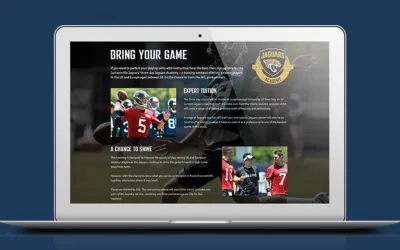Avoiding Over-Crowding in Your Working Lounge
How the working landscaped has changed. We explore the challenge of managing against over-crowding as demand for space in working lounges grows.
Remote working, flexible hours, the rise of the freelancer, contractor and the gig economy. LinkedIn feeds are routinely awash with the latest post, article or comment on the subject.
For pretty good reason, of course. There are well documented benefits for the shift to remote and flexible working patterns, from improvements in work-life balance, to more productive working practices, environmental reasons (reduced commutes, for example) and the fact that high-speed mobile technology and communications enables people to migrate away from the head office.

The Working Lounge Space
To accommodate the increasing number of workers who have changed from office to remote working, the last few years has seen the increase of flexible working spaces. While this might typically have taken the form of open-planned office areas offering hot desking facilities, the more recent evolution has been towards a more casual, lounge style work space.
It’s a kind of working environment that tends towards the casual; an ambience appealing to those who gravitate towards coffee shop culture. A mix of desk space, high-speed WiFi, break out spaces and good quality caffeine on-tap.
This is the alternative, vibrant working space that fills the gap between the traditional office and the lonely life of the home worker. The millennial working culture, offering a place to drop in and get your work done, while offering social engagement and chance to network and collaborate with others.
It Can Get Busy
Creating a positive and productive working environment is naturally an enticing option for a growing generation of workers who are doing things a little differently.
The problem arises, however, when demand grows and space is limited.
Capacity is not infinite and working lounges can fill up pretty quickly. Flexible working is supposed to help you find away to work on your own terms – which can quickly be undermined if you check-in to your lounge and find there’s nowhere to sit.

The Membership Solution?
Many flexible workspace providers offer a membership solution, allowing members to access the facility for a certain amount of time per month (depending on the level of membership). This might be across multiple locations. This is potentially ideal for the travelling worker who might be in Cardiff one day, and Southampton another day, for example.
But how do you control the numbers?
If you are booking a hot desk or a meeting room, then you have more facility to keep track. That desk is booked by that person for a designated period of time.
A lounge, where people enter and choose whatever space is available, poses a different challenge. Mainly that there is likely to be greater fluidity to people’s movements, perhaps coming and going at various intervals throughout the day, and not limited to one designated space in the room.
So, how do you manage the crowding issue, while retaining the flexibility that would be an expectation of the customer experience?
Capacity Control Booking
There are a number of similarities to the issues confronted by executive lounges at airports.
Customers using an airport lounge are invariably doing so for a bit of additional luxury and comfort, and to have a more sedate experience to that which they might have in the main departure lounge. However, that can all be compromised if the lounge itself is over-capacity – which is an ever-growing likelihood as lounges get more accessible through more channels (memberships, credit card perks, airlines, online providers, etc).
This can be controlled through managing the capacity in the booking system, something that has been implemented with success by thinkBooker, at Cardiff Airport.
It’s a solution that can be similarly applied to work space lounges, applying tools such as:
- User friendly online bookings – initial capacity management can be gleaned from user being able to book time in advance via mobile responsive system, with space decremented instantly against that time period
- Digital Check-In / Check-Out – Customers checking-in on arrival informs the system of exact capacity levels and allows the front-desk a real-time view to manage walk-ups.
- Membership management – Price stratification or the ability to decrement time from members allowance.
Work lounges, that reflect the blurring of the lines between social and work, are already popping up across cities and towns to meet the increase in ever more flexible working patterns.
To be able to satisfy the needs of these workers, these lounges and similar workspaces are going to need to constantly ensure that they are creating the right environment, delivering the experience and conditions that match or exceed expectations. Managing capacity and avoiding over-crowding will play an important role.
At thinkBooker, we specialise in online booking systems for training courses, classes, activities and events – optimised for efficiency, growth and ongoing client satisfaction.
Browse the site to learn more about course booking systems, sports booking systems, event booking systems and more, or get in touch directly to find out how we can help you.



